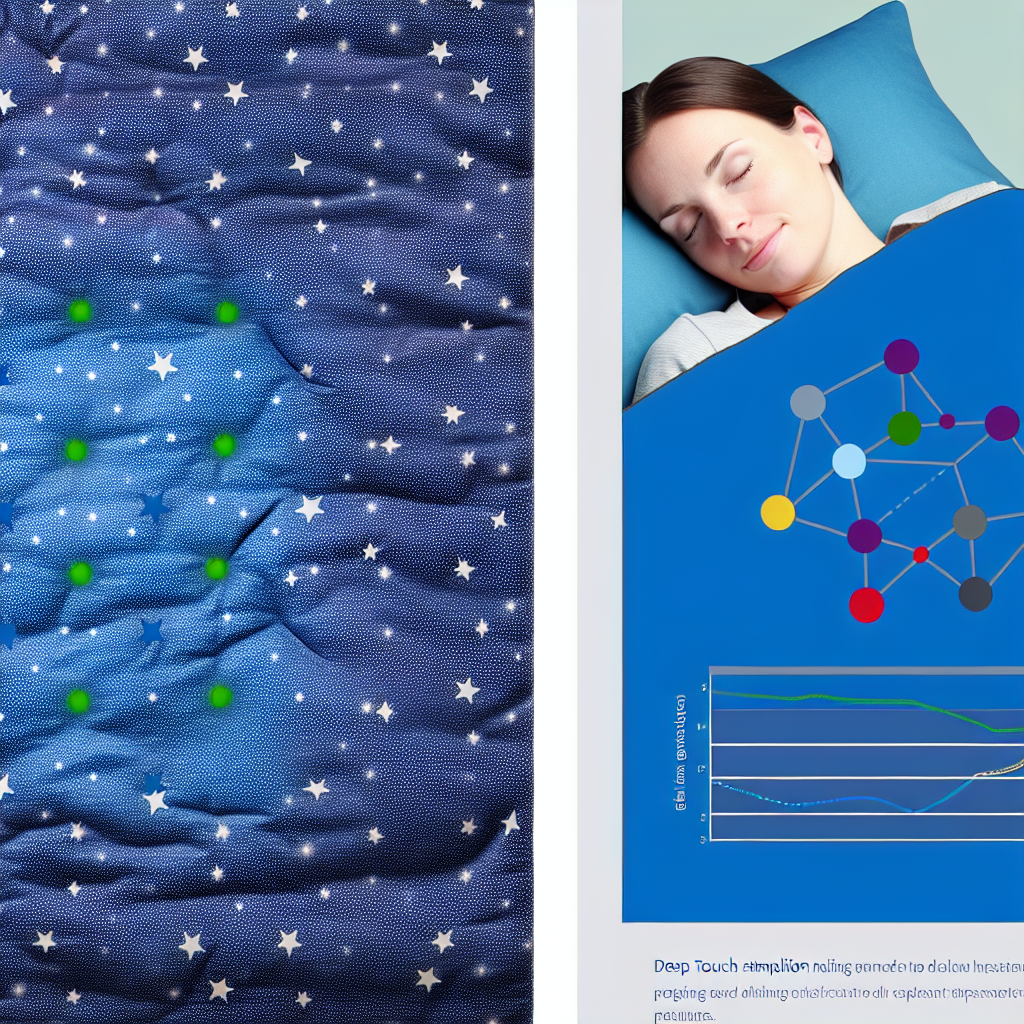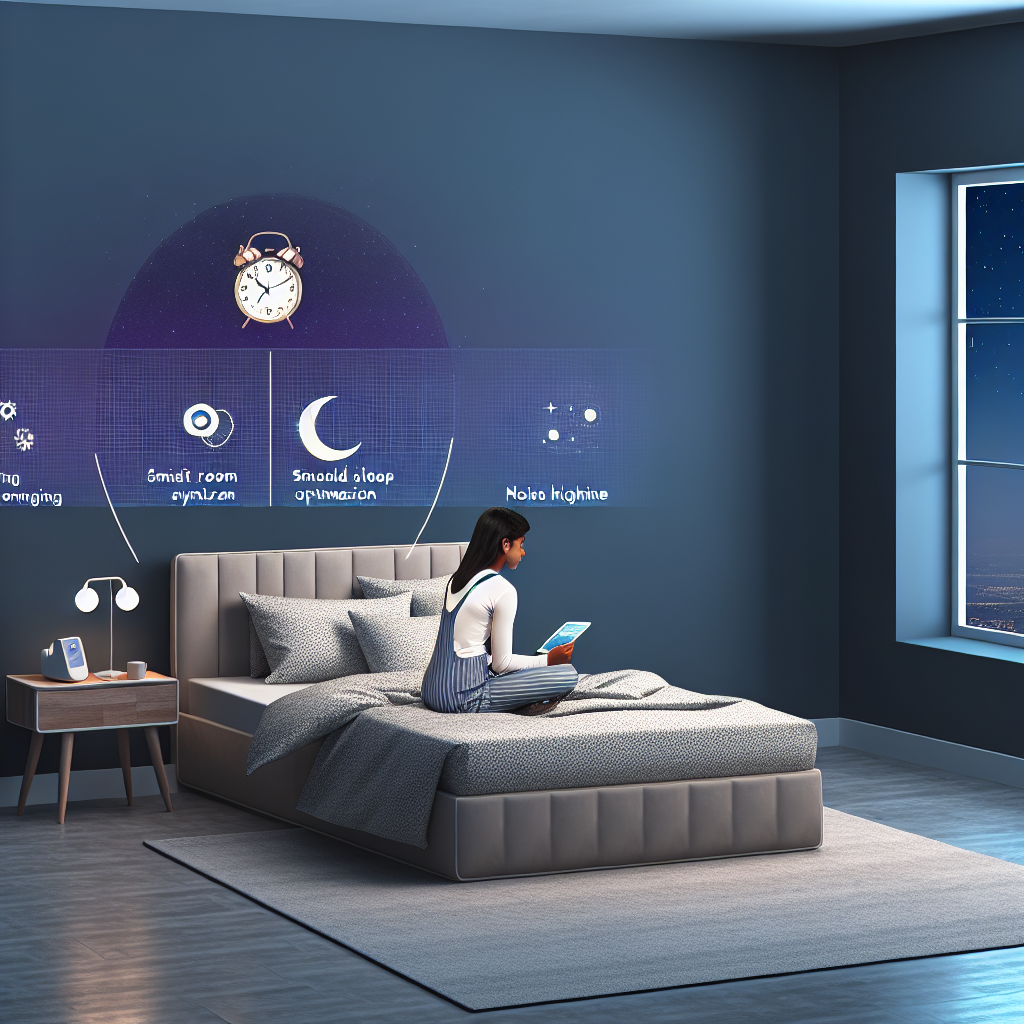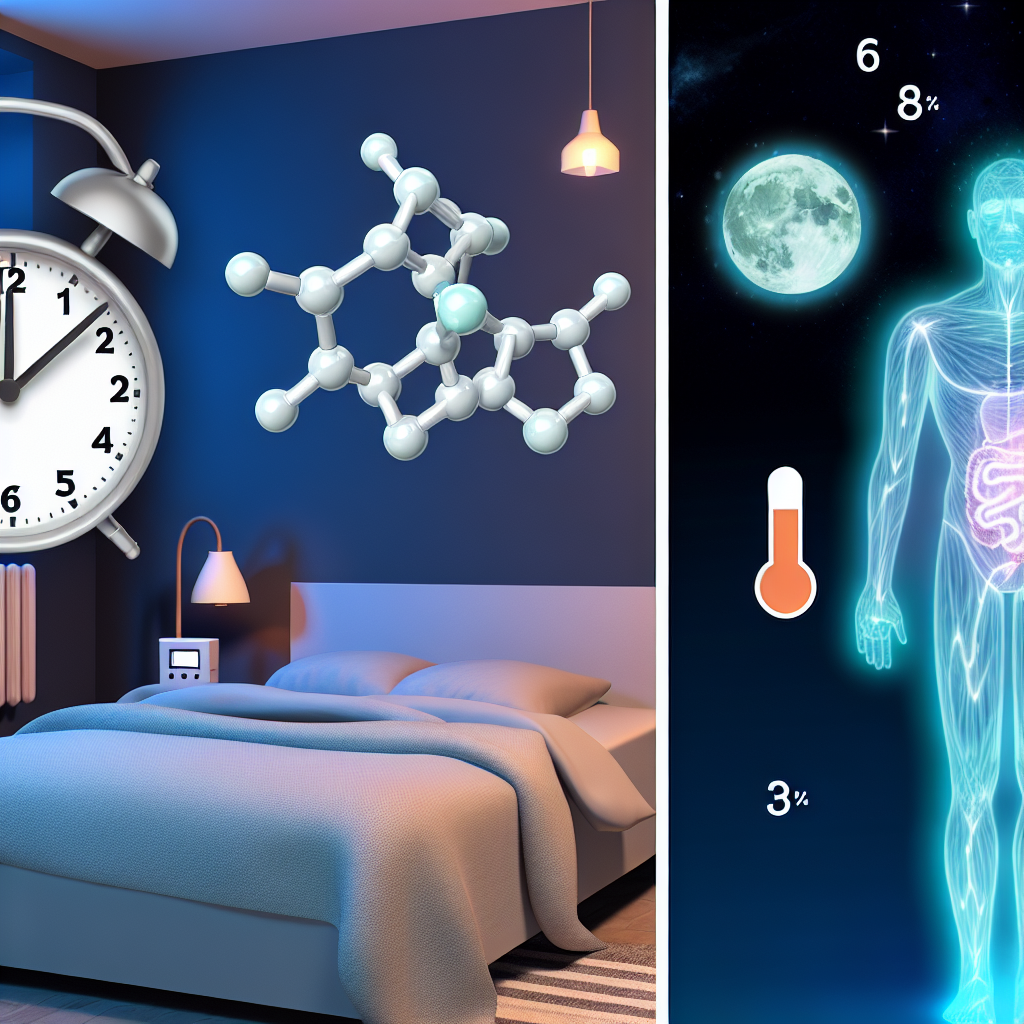Sleep-Related Eating Disorder (SRED): How Kitchen Lock Systems and Sensors Are Changing Lives
Understanding Sleep-Related Eating Disorder: A Hidden Hazard of the Night
Sleep-Related Eating Disorder (SRED) is characterized by compulsive eating episodes during partial arousals from sleep, usually without the individual’s awareness or memory. This nighttime behavior is not habitual late-night snacking—it’s involuntary, often involving the person wandering into the kitchen, preparing food, eating, and sometimes even operating appliances while technically asleep.
Most troubling is the fact that these episodes can result in physical harm, from burns and food poisoning to significant weight gain and emotional distress. Evidence shows that SRED is closely related to other parasomnias such as sleepwalking and may be exacerbated by sedative medications like zolpidem.
Although more common in women and often appearing in adolescence, SRED can affect anyone. Because individuals are not conscious during these events, managing and preventing them becomes a complex challenge.
Smart Home Solutions: Kitchen Lock Systems and Motion Sensors
As awareness around this disorder grows, modern technology is stepping in to offer effective solutions. Kitchen lock systems and motion sensors are proving to be invaluable tools in limiting unsupervised nocturnal activities. These systems can:
– Lock access to key areas like pantries, fridges, or ovens
– Schedule automatic lockdowns during nighttime hours
– Send instant alerts to caregivers or household members
– Trigger alarms or video feeds upon detecting motion in kitchen zones
Many of these devices integrate seamlessly with smart home systems and offer app-based controls, offering peace of mind from anywhere in your home—or even remotely. Advanced models learn patterns and adjust automatically, delivering a personalized approach to nighttime safety.
Studies Highlight the Effectiveness of Environmental Interventions in SRED Management
According to the American Academy of Sleep Medicine and a growing number of peer-reviewed studies, managing the physical sleep environment is a cornerstone of effective treatment for parasomnias like SRED.
A notable study in Frontiers in Psychiatry (2020) emphasized the benefits of behavioral adjustments and safer home settings. From improving sleep hygiene to limiting exposure to triggers, researchers reported a decrease in the frequency and severity of episodes when environmental interventions were employed.
The Cleveland Clinic Sleep Disorders Center supports similar recommendations, endorsing the use of childproof locks, motion sensors, and even video monitoring in select cases. Such interventions have shown to improve outcomes among both adults and children suffering from complex parasomnias.
Safety Meets Empowerment: A New Era for SRED Treatment
Incorporating home safety technology doesn’t just protect—it empowers. For families navigating SRED, especially those with children or elderly members affected by the condition, these innovations serve as an extension of clinical care. By reducing physical risks and offering real-time alerts, smart systems let people focus more on healing and less on hazards.
Sleep therapists and physicians often recommend including tech-based solutions as part of a comprehensive plan that might also involve cognitive behavioral therapy (CBT), medication management, and sleep studies. Together, these methods aim not only to reduce occurrences but also to provide long-term relief.
Conclusion: Restoring Peace of Mind Through Innovation
Sleep-Related Eating Disorder is more than a disruptive nighttime habit—it’s a serious medical condition that deserves awareness, compassion, and innovation. While medical diagnosis and therapeutic strategies remain foundational, smart kitchen lock systems and motion sensors provide a critical layer of nighttime security.
By preventing access to dangerous appliances and sending real-time alerts to caregivers, these technologies offer hope and safety to those living with SRED. As sleep science continues to advance, the integration of modern tools and traditional treatment approaches points toward a more secure and restful future for all.
Summary:
Sleep-Related Eating Disorder (SRED) is a rare parasomnia characterized by compulsive eating episodes during partial arousals from sleep. This dangerous condition can lead to physical harm, emotional distress, and significant weight gain. Fortunately, smart home technologies like kitchen lock systems and motion sensors are proving to be effective solutions, empowering individuals and families to manage SRED and restore peace of mind.

Dominic E. is a passionate filmmaker navigating the exciting intersection of art and science. By day, he delves into the complexities of the human body as a full-time medical writer, meticulously translating intricate medical concepts into accessible and engaging narratives. By night, he explores the boundless realm of cinematic storytelling, crafting narratives that evoke emotion and challenge perspectives.
Film Student and Full-time Medical Writer for ContentVendor.com



